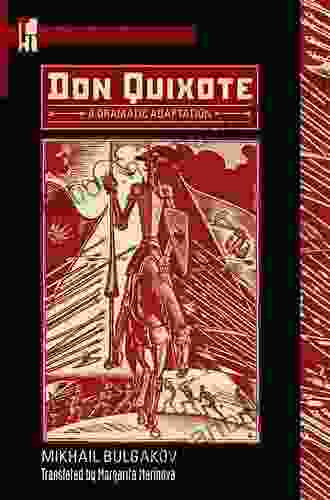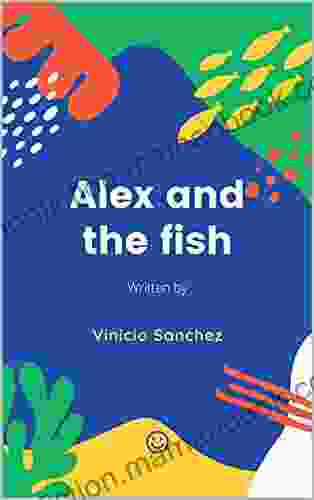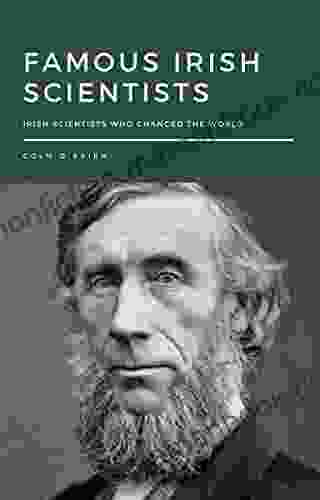Don Quixote: A Literary Masterpiece Explored Through Texts and Translations

5 out of 5
| Language | : | English |
| File size | : | 1912 KB |
| Text-to-Speech | : | Enabled |
| Screen Reader | : | Supported |
| Enhanced typesetting | : | Enabled |
| Word Wise | : | Enabled |
| Print length | : | 172 pages |
Don Quixote, the iconic creation of Miguel de Cervantes, stands as a towering figure in the annals of literature. This epic novel, first published in 1605, has captivated readers for centuries with its timeless themes of idealism, chivalry, and the human condition. The story of the idealistic knight errant, Don Quixote, and his loyal squire, Sancho Panza, has been translated into countless languages and continues to resonate with audiences worldwide.
The text of Don Quixote has undergone numerous revisions and translations over the centuries, each contributing to its enduring legacy. In this article, we will explore the various texts and translations of Don Quixote, examining their unique characteristics and the ways in which they have shaped our understanding of this literary masterpiece.
The Original Spanish Text
The original text of Don Quixote was written in Spanish by Miguel de Cervantes. The first part, titled "The Ingenious Gentleman Don Quixote of La Mancha," was published in 1605. The second part, "The Second Part of the Ingenious Gentleman Don Quixote of La Mancha," followed in 1615.
Cervantes's original Spanish text is renowned for its rich language, vivid imagery, and complex characters. The author's mastery of language is evident throughout the work, as he employs a wide range of literary devices, including humor, satire, and allegory, to convey his themes and ideas.
The original Spanish text of Don Quixote remains the definitive version of the novel. However, for readers who do not speak Spanish, translations are essential for accessing this literary treasure.
Early Translations
The first translations of Don Quixote appeared shortly after its initial publication in Spain. In 1612, an English translation by Thomas Shelton was published in London. This translation, while not entirely faithful to the original Spanish, played a significant role in introducing Don Quixote to English-speaking audiences.
Other early translations of Don Quixote include a French translation by César Oudin (1614),an Italian translation by Lorenzo Franciosini (1622),and a German translation by Aegidius Albertinus (1618). These early translations helped to establish Don Quixote's reputation as a literary masterpiece beyond the borders of Spain.
Modern Translations
In the twentieth and twenty-first centuries, numerous modern translations of Don Quixote have been published. These translations aim to provide more accurate and accessible versions of the novel for contemporary readers.
Some notable modern translations include:
- The translation by Edith Grossman (2003) is widely praised for its accuracy and readability.
- The translation by Tobias Smollett (1755) is a classic translation that captures the spirit of the original text.
- The translation by Burton Raffel (1991) is known for its lively and engaging style.
Modern translations have made Don Quixote accessible to a wider audience than ever before. By preserving the essence of Cervantes's original work while making it accessible to contemporary readers, these translations ensure that Don Quixote will continue to inspire and entertain generations to come.
Translations and Cultural Impact
The translations of Don Quixote have played a significant role in shaping its cultural impact around the world. The novel's themes and characters have influenced countless works of literature, art, and music.
In English-speaking countries, for example, Don Quixote has inspired works by authors such as Charles Dickens, Mark Twain, and Salman Rushdie. In Latin America, the novel has been celebrated as a symbol of cultural identity and resistance.
The translations of Don Quixote have also contributed to the novel's enduring popularity on stage and screen. Adaptations of Don Quixote have been produced in numerous languages, including Spanish, English, French, and Italian.
Don Quixote stands as one of the most influential literary works in history. Its enduring legacy is due in no small part to the numerous texts and translations that have preserved and disseminated its timeless themes and characters.
From the original Spanish text to the myriad modern translations, Don Quixote continues to inspire and entertain readers around the world. Its ability to transcend linguistic and cultural barriers is a testament to the universal appeal of Cervantes's masterpiece.
As we continue to explore the various texts and translations of Don Quixote, we deepen our understanding of this literary giant and its profound impact on world literature and culture.
5 out of 5
| Language | : | English |
| File size | : | 1912 KB |
| Text-to-Speech | : | Enabled |
| Screen Reader | : | Supported |
| Enhanced typesetting | : | Enabled |
| Word Wise | : | Enabled |
| Print length | : | 172 pages |
Do you want to contribute by writing guest posts on this blog?
Please contact us and send us a resume of previous articles that you have written.
 Top Book
Top Book Novel
Novel Fiction
Fiction Nonfiction
Nonfiction Literature
Literature Paperback
Paperback Hardcover
Hardcover E-book
E-book Audiobook
Audiobook Bestseller
Bestseller Classic
Classic Mystery
Mystery Thriller
Thriller Romance
Romance Fantasy
Fantasy Science Fiction
Science Fiction Biography
Biography Memoir
Memoir Autobiography
Autobiography Poetry
Poetry Drama
Drama Historical Fiction
Historical Fiction Self-help
Self-help Young Adult
Young Adult Childrens Books
Childrens Books Graphic Novel
Graphic Novel Anthology
Anthology Series
Series Encyclopedia
Encyclopedia Reference
Reference Guidebook
Guidebook Textbook
Textbook Workbook
Workbook Journal
Journal Diary
Diary Manuscript
Manuscript Folio
Folio Pulp Fiction
Pulp Fiction Short Stories
Short Stories Fairy Tales
Fairy Tales Fables
Fables Mythology
Mythology Philosophy
Philosophy Religion
Religion Spirituality
Spirituality Essays
Essays Critique
Critique Commentary
Commentary Glossary
Glossary Bibliography
Bibliography Index
Index Table of Contents
Table of Contents Preface
Preface Introduction
Introduction Foreword
Foreword Afterword
Afterword Appendices
Appendices Annotations
Annotations Footnotes
Footnotes Epilogue
Epilogue Prologue
Prologue Prabhat Mishra
Prabhat Mishra Brette Sember
Brette Sember Suzuki Aika
Suzuki Aika Gillian Clarke
Gillian Clarke Ed Robinson
Ed Robinson Kevin Loring
Kevin Loring Jake Bright
Jake Bright John North
John North Torkom Saraydarian
Torkom Saraydarian Zadie Smith
Zadie Smith Ricardo Mena
Ricardo Mena Himanshu Bhatnagar
Himanshu Bhatnagar Marina Viola
Marina Viola Wilma King
Wilma King Brianna Nichelle
Brianna Nichelle Marta March
Marta March Stephanie True Peters
Stephanie True Peters Joseph Heywood
Joseph Heywood Thomas Temple
Thomas Temple John Spencer
John Spencer
Light bulbAdvertise smarter! Our strategic ad space ensures maximum exposure. Reserve your spot today!

 Colin RichardsonThe Ultimate Guide to Making Your Own Homemade Body Scrubs With Simple...
Colin RichardsonThe Ultimate Guide to Making Your Own Homemade Body Scrubs With Simple... Dwayne MitchellFollow ·2.5k
Dwayne MitchellFollow ·2.5k Isaiah PriceFollow ·11.4k
Isaiah PriceFollow ·11.4k Tyler NelsonFollow ·16.6k
Tyler NelsonFollow ·16.6k Frank ButlerFollow ·6.7k
Frank ButlerFollow ·6.7k Hassan CoxFollow ·6.9k
Hassan CoxFollow ·6.9k Tom HayesFollow ·8.4k
Tom HayesFollow ·8.4k José MartíFollow ·17.2k
José MartíFollow ·17.2k Seth HayesFollow ·11.4k
Seth HayesFollow ·11.4k
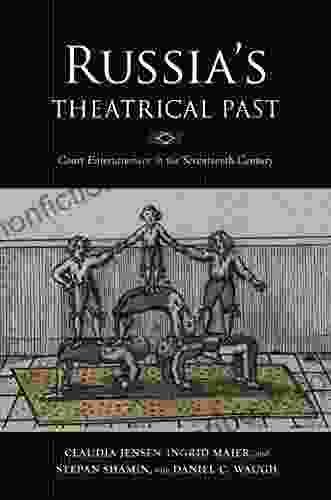
 Steve Carter
Steve CarterUnveiling the Rich Theatrical Tapestry of Russia: A...
Origins and Early...

 Frank Butler
Frank ButlerOn Talking Terms With Dogs: Calming Signals and the...
For centuries, dogs have...

 Leo Tolstoy
Leo TolstoyThe Inside Guide to Applying and Succeeding in...
Applying to...
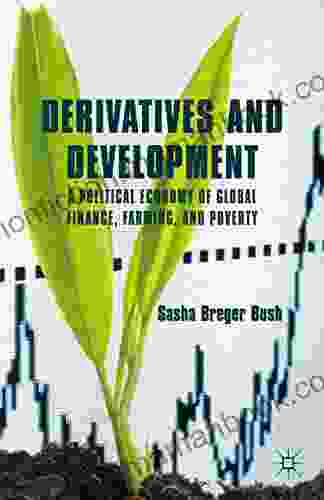
 Cole Powell
Cole PowellThe Political Economy of Global Finance, Farming and...
The global...
5 out of 5
| Language | : | English |
| File size | : | 1912 KB |
| Text-to-Speech | : | Enabled |
| Screen Reader | : | Supported |
| Enhanced typesetting | : | Enabled |
| Word Wise | : | Enabled |
| Print length | : | 172 pages |


